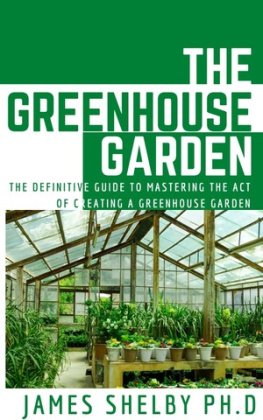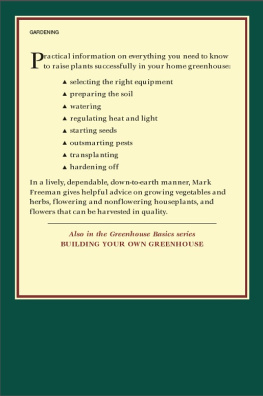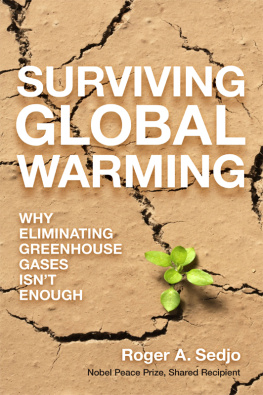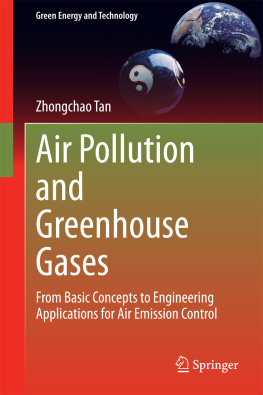Acknowledgements
This, my fourth book, is part of my ongoing research into the relationship of renewable energy and carbon taxes within the concept of the sustainability development framework.
This work could not have been done without the help of many individuals who have assisted me along the way. My supporters at Curtin University, in particular Dr Helen Hodgson and Professor Dale Pinto; my compatriots in this venture, Professors Ray Wills and David Harries from the University of Western Australia; my wife, companion and research assistant Julie.
I also acknowledge the contribution of my compatriots of the Australasian Tax Teachers Association. They are a great source of support and review, without which the isolation of the Outback would be overwhelming.
Lastly, I acknowledge my good friend John Craig. He lost his battle with the plague of the Outbackskin cancerin February 2018.
John was a compatriot colonial Scot. Like mine, his ancestors settled in the Gascoyne at the beginning of British settlement in Western Australia. He was a pastoralist, a graduate of the University of Western Australia and had experienced military service. He was particularly proud of his service as Aide-de-Camp with the Australian Governor General, Sir Zelman Cowan.
Our families lives had touched many times in the past century or so, and we shared a close bond of friendship and understanding. He was my chief critic, sounding-board and editor. I shall greatly miss our weekly lunches. Rest in peace, old friend.
Abbreviations
ABARE Australian Bureau of Agriculture and Resource Economics
ABS Australian Bureau of Statistics
AC alternating current (electricity)
ALP Australian Labor Party
ANTS A New Tax System Act 1999 (Commonwealth)
ATO Australian Taxation Office
AWD all-wheel drive (vehicle)
BITRE Bureau of Infrastructure, Transport and Regional Economics
CE Act Clean Energy Act 2011 (Cth)
CEDA Committee for Economic Development of Australia
CJ Chief Justice (of the High Court)
CO2 carbon dioxide
CO2-e carbon dioxide equivalent (greenhouse gases)
COAG Council of Australian Governments
CSIRO Commonwealth Scientific and Industrial Research Organization
Cth Commonwealth of Australia
DC direct current (electricity)
ESC Energy Savings CertificateNSW
EV electric vehicle
FCA Federal Court of Australia
GHG greenhouse gas(es)
GRN Australian Green Party
GST Goods and Services Tax
GWh Gigawatt hour (1 billion watts or 1000 MWh)
ICE internal combustion engine
Imp gal Imperial (British) gallon
ITAA 1936 Income Tax Assessment Act 1936 (Commonwealth)
ITAA 1997 Income Tax Assessment Act 1997 (Commonwealth)
J Justice
kg kilogram
km kilometre
kW kilowatt (unit of power)
kWh kilowatt hour (1000 wattsthe basic unit of sale for electricity)
L litre
LGC Large Generation Certificate (see REC)
LP Liberal Party
m meter
MiEV Mitsubishi innovative Electric Vehicle
mpg miles per gallon
ml milliliter
MRET Mandatory Renewable Energy Target
Mt Megaton
MWh Megawatt hour (1 million watts or 1000 kWh)
NEM National Electricity Market
NSW New South Wales
OECD Organization for Economic Co-operation and Development
PHEV plug-in hybrid electric vehicle
pv photovoltaic
REC Renewable Energy Credit (see LGC and STC)
REE Act Renewable Energy (Electricity) Act 2000 (Cth)
REES Retailer Energy Efficiency Scheme (South Australian)
RET Renewable Energy Target
RPS Renewable portfolio standards
SA South Australia
STC Small-scale Technology Certificate
SUV sports utility vehicle
TWh Terawatt hours (1 trillion watts or 1000 GWh)
TBL Triple Bottom Line aka the Sustainability Framework
UK United Kingdom
US United States of America
VEEC Victorian energy efficiency certificate
WA Western Australia
Preface
This book is based on the concept of sustainable development and the need to consider its three pillarsthe social, economic and environmental impacts as one interrelated conceptthe triple bottom line (TBL). The rationale of the TBL is that no single influence can exist in isolation for an indefinite period of time.
The concept of the TBL considers that an imbalance between the three overarching factors which favors one of the three pillars over the interests of the other two, will adversely affect the others and ultimately itself. It suggests that an enterprise focused solely on profit, at the expense of society and the environment, will not be able to be sustained indefinitely.
The book looks at the impact of modern industrys reliance on fossil-fueled energy sources, and the emission of greenhouse gases caused from burning fossil fuel. In doing so, it briefly examines how the carbon cycle functions. It then focuses on attempts to legislate forms of carbon tax by successive Australian governments in order to address carbon emissions and to mitigate the impact of greenhouse gasses on global warming
Part I begins by defining the general concept of a tax to establish a definition of a carbon tax. It then examines the Clean Energy Act 2011 (Cth) (CE Act), which is considered to be a carbon tax. It follows with an examination of the Australian Renewable Energy (Electricity) Act 2000 (Cth) (REE Act).
The examination compares the REE Act to the CE Act to ascertain if the REE Act functions as a tax on greenhouse gas emissions and therefore is also a carbon tax. The comparison examines both pieces of legislation to establish the view that the REE Act is not a quota-based system, which limits the volume of greenhouse gas emissions (a cap and trade system), but rather it is a carbon tax system, which imposes an impost on greenhouse gas emissions, but does not restrict, or cap, the volume of emissions.
It concludes that tax revenue, sourced from an excise on fossil-fuel generated electricity, is specifically directed by government to a particular purposethe revenue is hypothecated to support the burgeoning renewable energy industry in Australia. It finds that the REE Act taxing system functions by the creation of renewable energy certificates (RECs) by the operators of registered renewable energy generation installations. The RECs are intended to be surrendered as tax tokens or coupons by the suppliers of fossil-fuel generated electricity.
Part II further develops the concept of trading RECs in accordance with Australias measures to reduce greenhouse gas emissions to combat climate changethe Australian Renewable Energy Target (RET). Under that system, legislated by the REE Act, RECs are traded by renewable energy generators to fossil-fuel based electricity generators, known as liable parties.
The market is available to any party registered to trade on a government supervised electronic market placethe Australian rec-registry. They can be, and often are, traded as a form of commodity speculation prior to surrender. However, they are ultimately purchased by suppliers of fossil-fuel generated electricity to be surrendered to government agencies.
Surrendering RECs is the only means by which the suppliers of fossil-fuel generated electricity can meet their commitments under the provisions of the REE Act. A fiscal penalty is applied for any shortfall or non-compliance in the number of RECs surrendered and no payment is made by government agencies for the surrendered RECs.

![Lex Fullarton [T]axing Greenhouse Gases](/uploads/posts/book/299842/thumbs/lex-fullarton-t-axing-greenhouse-gases.jpg)










